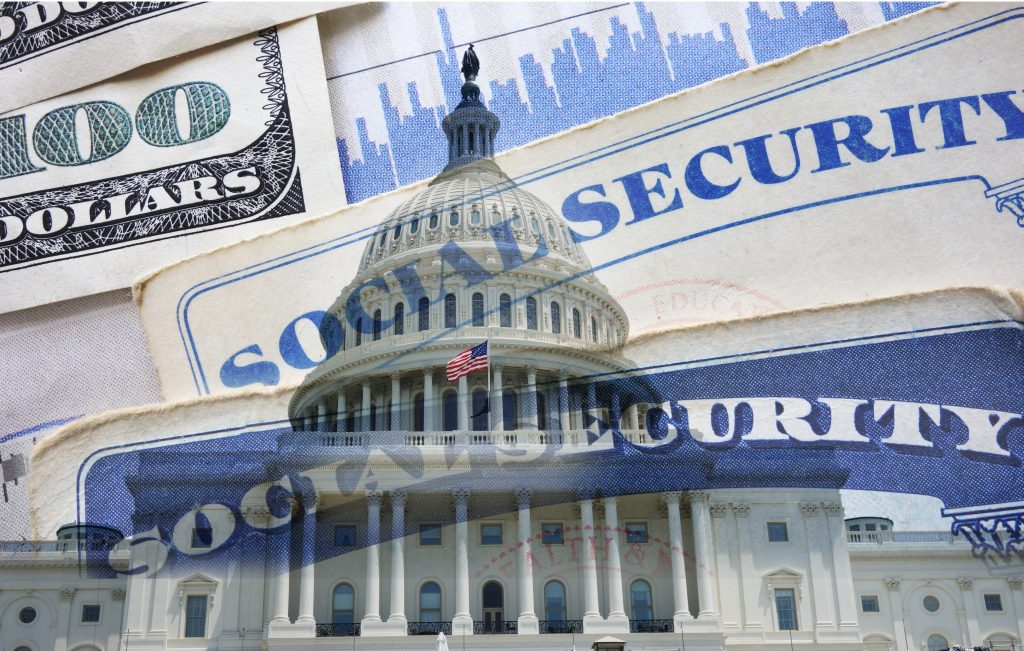
Image source: The Motley Fool/Getty Images
Credit cards can be useful in a pinch, but their high interest rates and easy availability make them a dangerous option for some people.
For Americans with credit card debt, the average amount is now $6,065, and balances can quickly balloon, considering that the average credit card annual percentage rate (APR) is 22.7%. Even the best credit cards can be risky if used for the wrong purchases.
Here are three purchases you should avoid putting on your credit card.
1. Housing payments
Your monthly housing cost is likely your most significant monthly expense, and putting that payment on your card will likely result in a hefty transaction fee and rapidly accumulating interest.
For example, the average monthly rent payment is $1,739, and you might incur a 3% transaction fee when using your card, pushing the total to about $1,791. That might not seem all that bad until you factor in the average credit card APR of 22.7%.
If it takes you a year to pay off the balance, you’ll spend $228 in interest. This means your original $1,739 rent payment ended up costing you $2,019 — the same as a 16% increase in rent for one month!
Most mortgage lenders won’t let you put your mortgage payment on a credit card, but if they do, you’ll face costs similar to the rent payment example.
Tapping into your savings account is a far better option than using your credit card to pay for housing. Click here to view top-rated high-yield savings accounts.
2. A cash withdrawal
Having easy access to cash is usually a good thing, but cash withdrawals from your credit card are costly. A cash advance from your credit card will often result in the following:
- A cash advance fee of up to 5%
- An interest rate that can be five percentage points higher than your usual APR
- A bank fee
- An ATM fee
You might not have to pay all of these fees, but let’s take a look at three cash advance examples and how much it could cost you:
| Cash Advance | Cash Advance Fee (5% of Amount) | Interest Rate | Payoff Time | Total Paid |
|---|---|---|---|---|
| $500 | $25 | 29.99% | Six months | $572 |
| $1,000 | $50 | 29.99% | Six months | $1,142 |
| $2,000 | $100 | 29.99% | Six months | $2,287 |
As you can see, the high interest rate and cash advance fee substantially add to the total amount, even if you pay off the balance in just six months.
3. Tax payments
I’m self-employed, so I know how difficult it can be to estimate your own taxes and use the discipline required to set aside the correct amount.
But even if you don’t have to calculate your own taxes, getting a surprise tax bill is still unpleasant. It can be tempting to reach for a credit card to cover the cost, but you’ll likely have to pay a transaction fee of about 1.8% or higher.
For example, if you owe $2,000 in taxes and charge it to your card, the fee could cost you $36. That might not sound like a lot, but your total balance will cost you $2,295 if you pay off the balance in a year at an APR of 22.7%. That’s a nearly 15% increase to the original tax bill!
If you can’t immediately pay your tax obligation, a better option is to set up a repayment plan with the IRS. You may still have to pay quarterly interest — some plans charge 8% each quarter for individual taxes — but that’s far less expensive than putting the charge on a high-interest credit card.
Credit cards can be a good option if you’re looking to earn rewards, like cash back or travel points. But they can be risky if you use the card to pay for housing, taxes, or a cash withdrawal. In those cases, it’s best to tap into any available savings or work out a repayment plan, if possible, to avoid high credit card interest charges.
Alert: highest cash back card we’ve seen now has 0% intro APR into 2026
This credit card is not just good – it’s so exceptional that our experts use it personally. It features a 0% intro APR for 15 months, a cash back rate of up to 5%, and all somehow for no annual fee!
Click here to read our full review for free and apply in just 2 minutes.
We’re firm believers in the Golden Rule, which is why editorial opinions are ours alone and have not been previously reviewed, approved, or endorsed by included advertisers.
The Ascent does not cover all offers on the market. Editorial content from The Ascent is separate from The Motley Fool editorial content and is created by a different analyst team.The Motley Fool has a disclosure policy.
 fool.com
fool.com benzinga.com
benzinga.com



